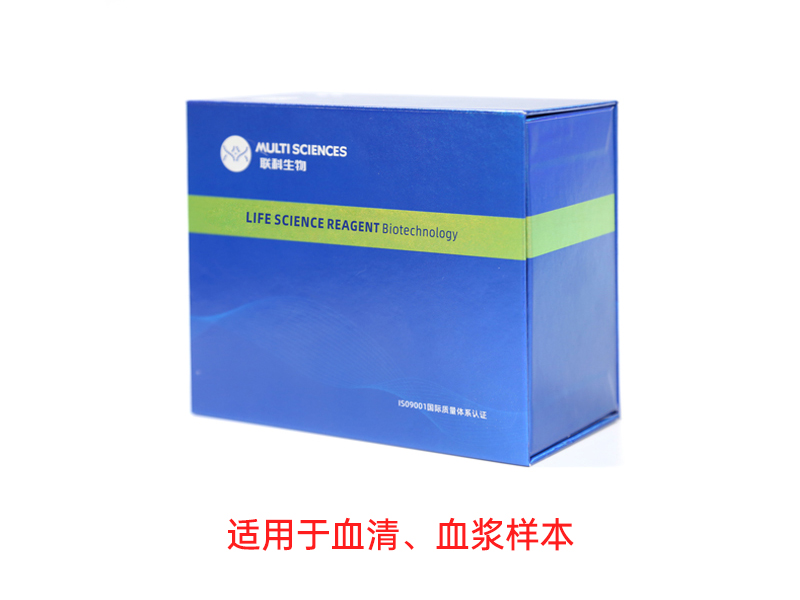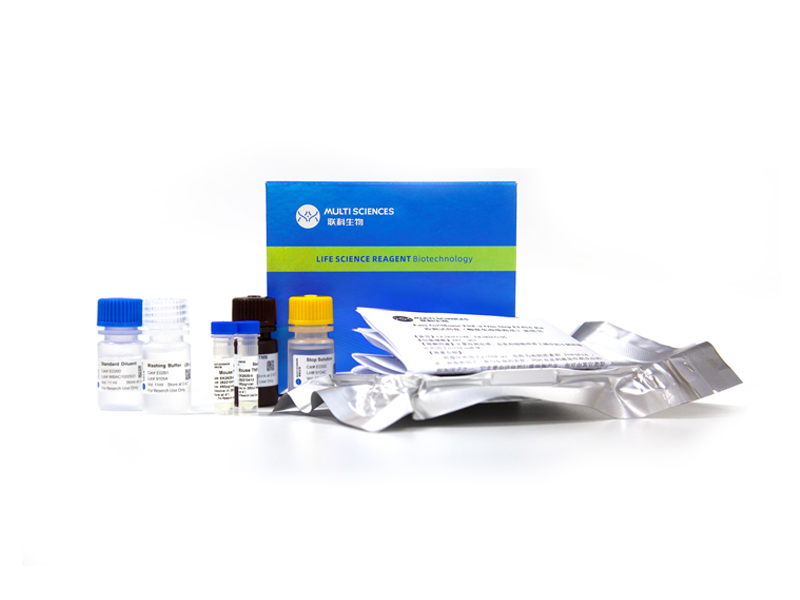Melanoma, known for its aggressive metastatic nature, presents a formidable challenge in cancer treatment, where conventional therapies often fall short. This study introduces a pioneering approach utilizing metal-free nanosystem as tumor vaccines, spotlighting their potential in revolutionizing melanoma treatment. This work employed organic nitroxides, specifically 4-carboxy-TEMPO, in combination with chitosan (CS), to create a novel nanocomposite material - the CS-TEMPO-OVA nanovaccines. This composition not only improves biocompatibility and extends blood circulation time of TEMPO but also marks a significant departure from traditional gadolinium-based contrast agents in MRI technology, addressing safety concerns. CS-TEMPO-OVA nanovaccines demonstrate excellent biocompatibility at both the cellular and organoid level. They effectively stimulate bone marrow-derived dendritic cells (BMDCs), which in turn promote the maturation and activation of T cells. This ultimately leads to a strong production of essential cytokines. These nanovaccines serve a dual purpose as both therapeutic and preventive. By inducing an immune response, activating cytotoxic T cells, and promoting macrophage M1 polarization, they effectively inhibit melanoma growth and enhance survival in mouse models. When combined with αPD-1, the CS-TEMPO-OVA nanovaccines significantly bolster the infiltration of cytotoxic T lymphocytes (CTLs) within tumors, sparking a powerful systemic antitumor response that effectively curbs tumor metastasis. The ability of these nanovaccines to control both primary (subcutaneous) and metastatic B16-OVA tumors highlights their remarkable efficacy. Furthermore, the CS-TEMPO-OVA nanovaccine can be administered in vivo via both intravenous and intramuscular routes, both of which effectively enhance the T 1 contrast of magnetic resonance imaging in tumor tissue. This study offers invaluable insights into the integrated application of these nanovaccines in both clinical diagnostics and treatment, marking a significant stride in cancer research and patient care.
文章引用产品列表
-
- EK206EGA 56 Citations
- 一步法ELISA试剂盒
EasyGo!™ Mouse IL-6 One-Step ELISA Kit 检测试剂盒(酶联免疫吸附法)
- ¥2,190.00 – ¥3,650.00
-
- EK282 1454 Citations
- FEATURED ELISA KIT, ELISA试剂盒
Mouse TNF-a ELISA Kit检测试剂盒(酶联免疫吸附法)
- ¥1,600.00 – ¥10,800.00
-
- EK280HS 394 Citations
- 高敏试剂盒
Mouse IFN-γ High Sensitivity ELISA Kit检测试剂盒(酶联免疫吸附法)
- ¥2,000.00 – ¥3,400.00
-
- EK282HS 1241 Citations
- 高敏试剂盒
Mouse TNF-α High Sensitivity ELISA Kit检测试剂盒(酶联免疫吸附法)
- ¥2,000.00 – ¥3,400.00
-
- EK280 477 Citations
- ELISA试剂盒
Mouse IFN-gamma ELISA Kit检测试剂盒(酶联免疫吸附法)
- ¥1,600.00 – ¥10,800.00
-
- EK206 1296 Citations
- ELISA试剂盒
Mouse IL-6 ELISA Kit检测试剂盒(酶联免疫吸附法)
- ¥1,600.00 – ¥10,800.00
-
- EK206HS 1080 Citations
- 高敏试剂盒
Mouse IL-6 High Sensitivity ELISA Kit检测试剂盒(酶联免疫吸附法)
- ¥2,000.00 – ¥3,400.00





